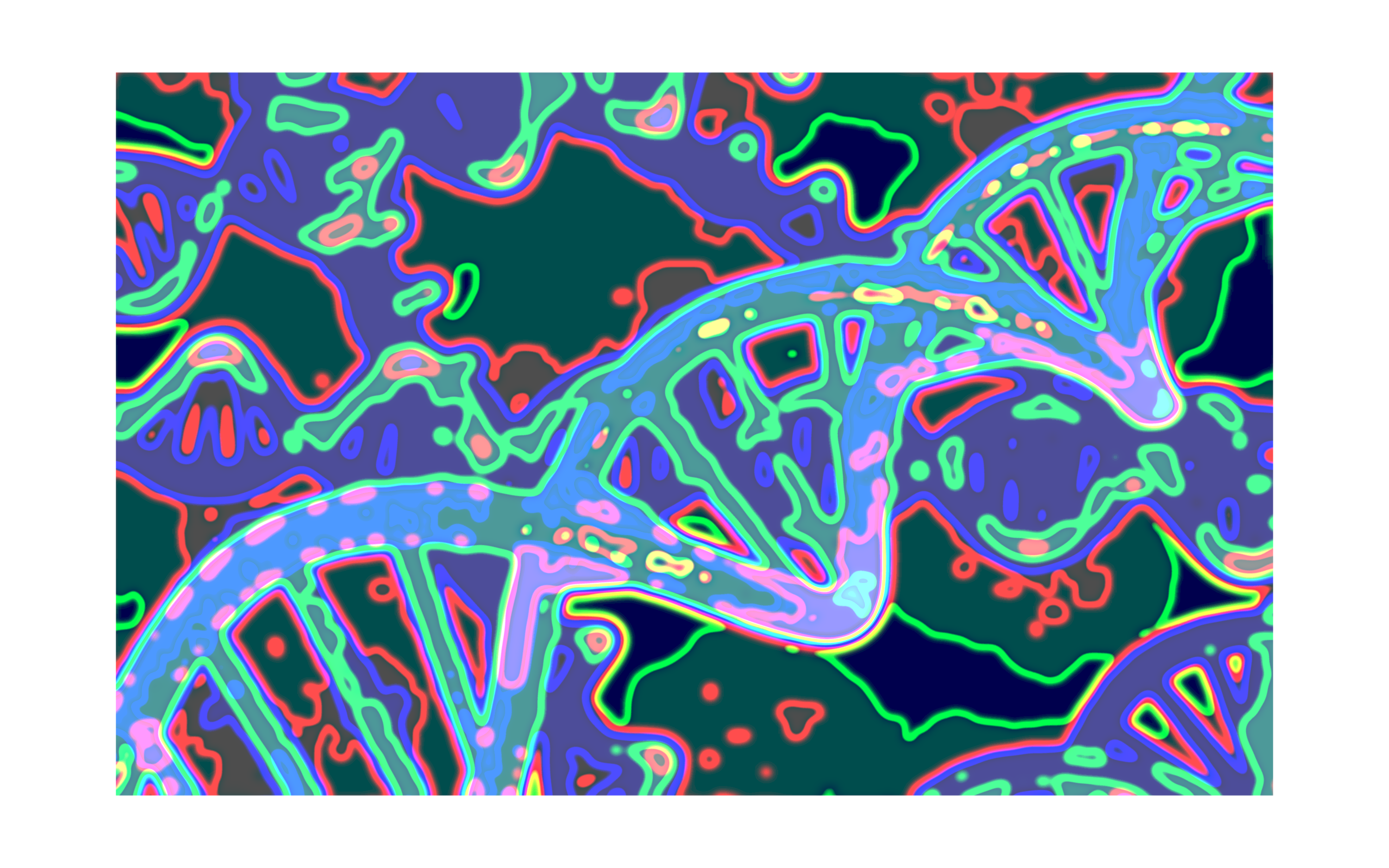transposonmapper.exporting
transposonmapper.exporting¶
- transposonmapper.exporting.save_as_bed(file, tncoordinates_array, ref_tid, readnumb_array)[source]¶
This function writes in a .bed file located in the same folder as the bamfile, the information abot how many transposons were found in each genomic location.
- Parameters
file (str) – Path with the filename extension included(e.g “data_file/bedfile_name.bed”) describing where do you want to store the results. By default it will be stored in the same location as the bamfile, with the same basename. Example, if the bamfile path is data_file/data_1.bam then the bed file will be data_file/data_1.bam.bed
tncoordinates_array (numpy array) – Second Output from the get_reads.py function : _,tncoordinates_array,_=get_reads(bam)
ref_tid (dict) – Output from the get_chromosome_names function : ref_tid = get_chromosome_names(bam)
readnumb_array (numpy array) – 1st Output from the get_reads.py function : readnumb_array,_,_=get_reads(bam)
- transposonmapper.exporting.save_as_wig(wigfile, tncoordinates_array, ref_tid, readnumb_array)[source]¶
This function writes in a .wig file located in the same folder as the bamfile, the information abot how many transposons were found in each genomic location.
- Parameters
wigfile (str) – Path with the filename extension included(e.g “data_file/wigfile_name.wig”) describing where do you want to store the results. By default it will be stored in the same location as the bamfile, with the same basename. Example, if the bamfile path is data_file/data_1.bam then the wig file will be data_file/data_1.bam.wig
tncoordinates_array (numpy array) – Second Output from the get_reads.py function : _,tncoordinates_array,_=get_reads(bam)
ref_tid (dict) – Output from the get_chromosome_names function : ref_tid = get_chromosome_names(bam)
readnumb_array (numpy array) – 1st Output from the get_reads.py function : readnumb_array,_,_=get_reads(bam)
- transposonmapper.exporting.save_per_essential_insertions(filename, tn_coordinates, gene_coordinates, chr_lengths_cumsum, ref_tid_roman, aliases_designation)[source]¶
This function generates a .txt file with the insertions in the annotated essential genes in WT.
- Parameters
filename (str) – Path with the filename extension included(e.g “data_file/file.txt”) describing where do you want to store the results. By default it will be stored in the same location as the bamfile, with the same basename. Example, if the bamfile path is data_file/data_1.bam then the file will be data_file/data_1.bam_peressential_insertions.txt
tn_coordinates (dict) – Last output of the function get_insertions _,_, tn_coordinates_per_gene = get_insertions_and_reads( gene_coordinates, tncoordinatescopy_array, readnumb_array)
gene_coordinates (dict) – Output of the function add_chromosome_length: gene_coordinates = add_chromosome_length( gene_coordinates, chr_lengths_cumsum, ref_tid_roman)
chr_lengths_cumsum (dict) – last output of the function get_sequence_length : _, chr_lengths_cumsum = get_sequence_length(bam)
ref_tid_roman (dict) – Dictionary describing roman names as keys , ref_romannums = chromosomename_roman_to_arabic()[1] ref_tid_roman = {key: value for key, value in zip(ref_romannums, ref_tid)}
aliases_designation (dict) – Last output of the function read_genes _, _, aliases_designation = read_genes( gff_file, essential_file, gene_name_file)
- transposonmapper.exporting.save_per_gene(filename, tn_per_gene, reads_per_gene, aliases_designation)[source]¶
Create text file with transposons and reads per gene
NOTE THAT THE TRANSPOSON WITH THE HIGHEST READ COUNT IS IGNORED. E.G. IF THIS FILE IS COMPARED WITH THE _PERGENE_INSERTIONS.TXT FILE THE READS DON’T ADD UP (SEE https://groups.google.com/forum/#!category-topic/satayusers/bioinformatics/uaTpKsmgU6Q) TOO REMOVE THIS HACK, CHANGE THE INITIALIZATION OF THE VARIABLE readpergene
- Parameters
filename (str) – Path with the filename extension included(e.g “data_file/file.txt”) describing where do you want to store the results. By default it will be stored in the same location as the bamfile, with the same basename. Example, if the bamfile path is data_file/data_1.bam then the file will be data_file/data_1.bam_pergene.txt
tn_per_gene (int) – The number of transposons found per gene
reads_per_gene (int) – The number of reads found per gene
aliases_designation (dict) – Last output of the function read_genes _, _, aliases_designation = read_genes( gff_file, essential_file, gene_name_file)
- transposonmapper.exporting.save_per_gene_insertions(filename, tn_coordinates, gene_coordinates, chr_lengths_cumsum, ref_tid_roman, aliases_designation)[source]¶
This function write in txt file 5 columns of information about transposon insertions separated by tabs. The tabs are: Gene name,Chromosome,Start location,End location,Insertion locations,Reads per insertion location
- Parameters
filename (str) – Path with the filename extension included(e.g “data_file/file.txt”) describing where do you want to store the results. By default it will be stored in the same location as the bamfile, with the same basename. Example, if the bamfile path is data_file/data_1.bam then the per_gene file will be data_file/data_1.bam_pergene_insertions.txt
tn_coordinates (dict) – Last output of the function get_insertions _,_, tn_coordinates_per_gene = get_insertions_and_reads( gene_coordinates, tncoordinatescopy_array, readnumb_array)
gene_coordinates (dict) – Output of the function add_chromosome_length: gene_coordinates = add_chromosome_length( gene_coordinates, chr_lengths_cumsum, ref_tid_roman)
chr_lengths_cumsum (dict) – last output of the function get_sequence_length : _, chr_lengths_cumsum = get_sequence_length(bam)
ref_tid_roman (dict) – Dictionary describing roman names as keys , ref_romannums = chromosomename_roman_to_arabic()[1] ref_tid_roman = {key: value for key, value in zip(ref_romannums, ref_tid)}
aliases_designation (dict) – Last output of the function read_genes _, _, aliases_designation = read_genes( gff_file, essential_file, gene_name_file)
